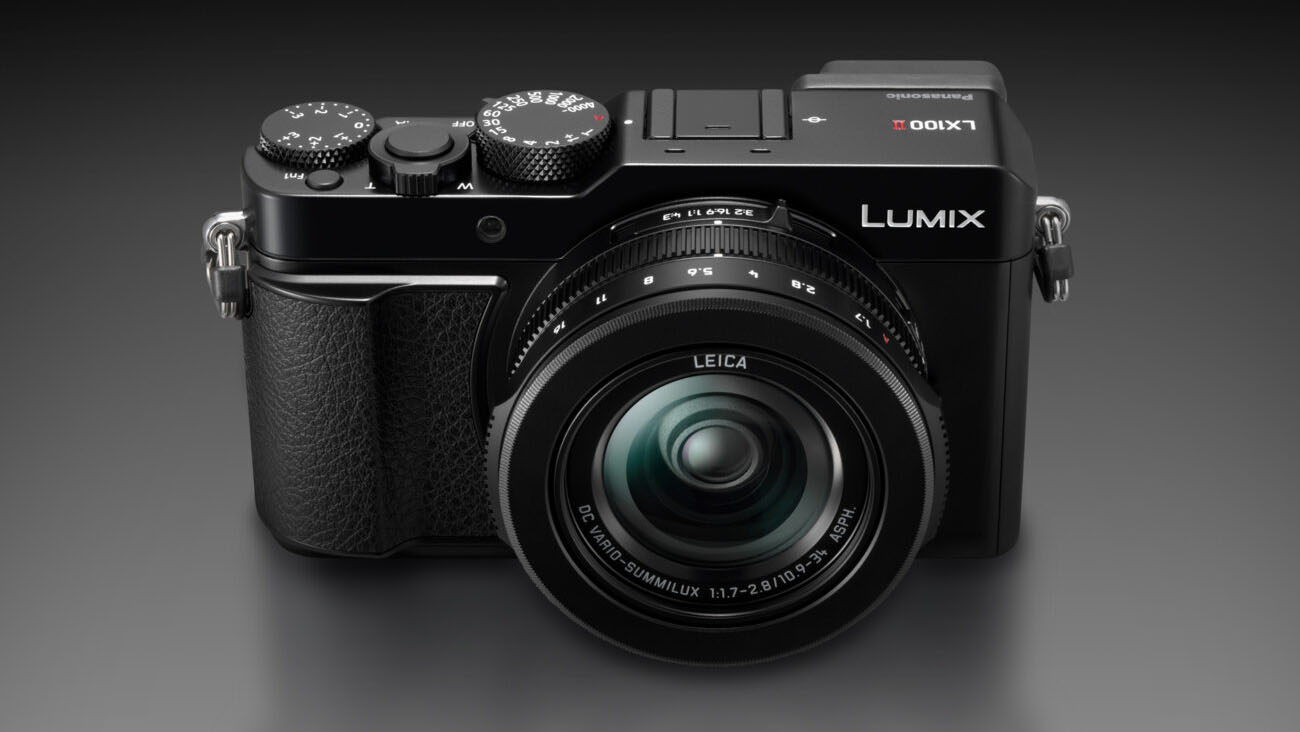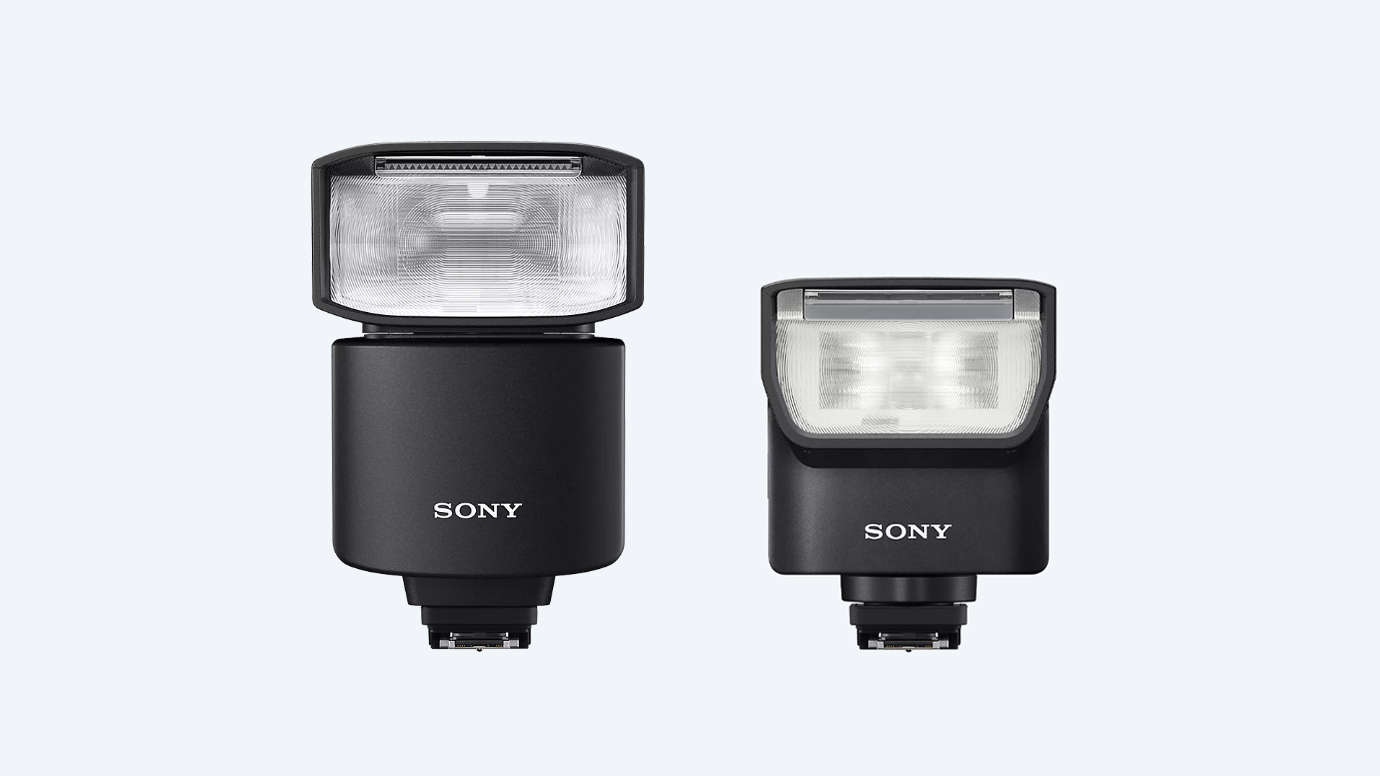The Panasonic Lumix LX100 II was a great camera – and I wish we had more Micro Four Thirds compacts like it
The MFT sensor seems made for small cameras, so I would love to see a Panasonic Lumix LX100 II revival

The Panasonic ZS99 proved that the brand isn’t going to ignore the compact camera trend – but there’s a gap in the point-and-shoot market between options like the ZS99 and the pricey Fujifilm X100VI. I’m itching to see a mid-tier compact camera that can find the balance between quality and price, but all my wishful thinking has me wondering: What ever happened to the Panasonic Lumix LX100 II? And why doesn’t Panasonic bring back the Micro Four Thirds point-and-shoot line?
The Panasonic Lumix LX100 II, launched in 2018, isn’t that old considering influencers are buying up cameras that are a decade old or even older. But Panasonic discontinued the LX100 series as the compact camera market flatlined. Now that compacts are in again, the LX100 II is one of the retro compacts that I would love to see make a comeback.
What was unique about the LX100 series is that it uses a MFT sensor when others seemed to be favoring the one-inch sensor or going big with the APS-C or even full-frame sensors typically found in interchangeable lens cameras. The MFT sensor could be that sweet spot that allows for a mid-tier camera somewhere between the likes of the ZS99 and the X100VI, both in quality and price.
The new Leica D-Lux 8 also has an MFT sensor, but while it's one of the more affordable cameras from the brand, it's nearly as pricey and hard to find as the X100VI. The D-Lux 8 is around $600 / $482 / AU$952 more than the list price of what the LX100 II originally sold for. What I would really like to see is a mid-tier compact somewhere between the ZS99 and the D-Lux 8 in both price and features.
When the MFT format first came out, it promised to deliver compact cameras that still delivered excellent image quality. But when I use a MFT camera, it’s usually the crop factor that allows me to use shorter lenses that’s keeping the kit small rather than the body. But using an MFT sensor originally designed to make cameras smaller in a smaller camera seems like it would be common sense.
An MFT compact could potentially not only offer a more mid-tier price point, but sit somewhere between the Ricoh GR III and Fujifilm X100VI in size too. The Panasonic Lumix LX100 II is compact, yet still has room for the shutter speed dial, aperture dial around the lens and a viewfinder. Honestly, it’s just what the compact camera market needs – the only problem is that it's discontinued.
I know wishful thinking doesn’t bring back cameras from the dead. But if wishful thinking was able to revive old cameras, there would be such a thing as the Panasonic Lumix LX100 III. Until then, pairing a compact mirrorless with a pancake lens may be the only way around paying exorbitant prices around compacts like the X100VI.
Get the Digital Camera World Newsletter
The best camera deals, reviews, product advice, and unmissable photography news, direct to your inbox!
You may also like
Before you go, browse the best retro cameras, the best compact cameras or the best Micro Four Thirds cameras.

With more than a decade of experience reviewing and writing about cameras and technology, Hillary K. Grigonis leads the US coverage for Digital Camera World. Her work has appeared in Business Insider, Digital Trends, Pocket-lint, Rangefinder, The Phoblographer and more.
You must confirm your public display name before commenting
Please logout and then login again, you will then be prompted to enter your display name.
